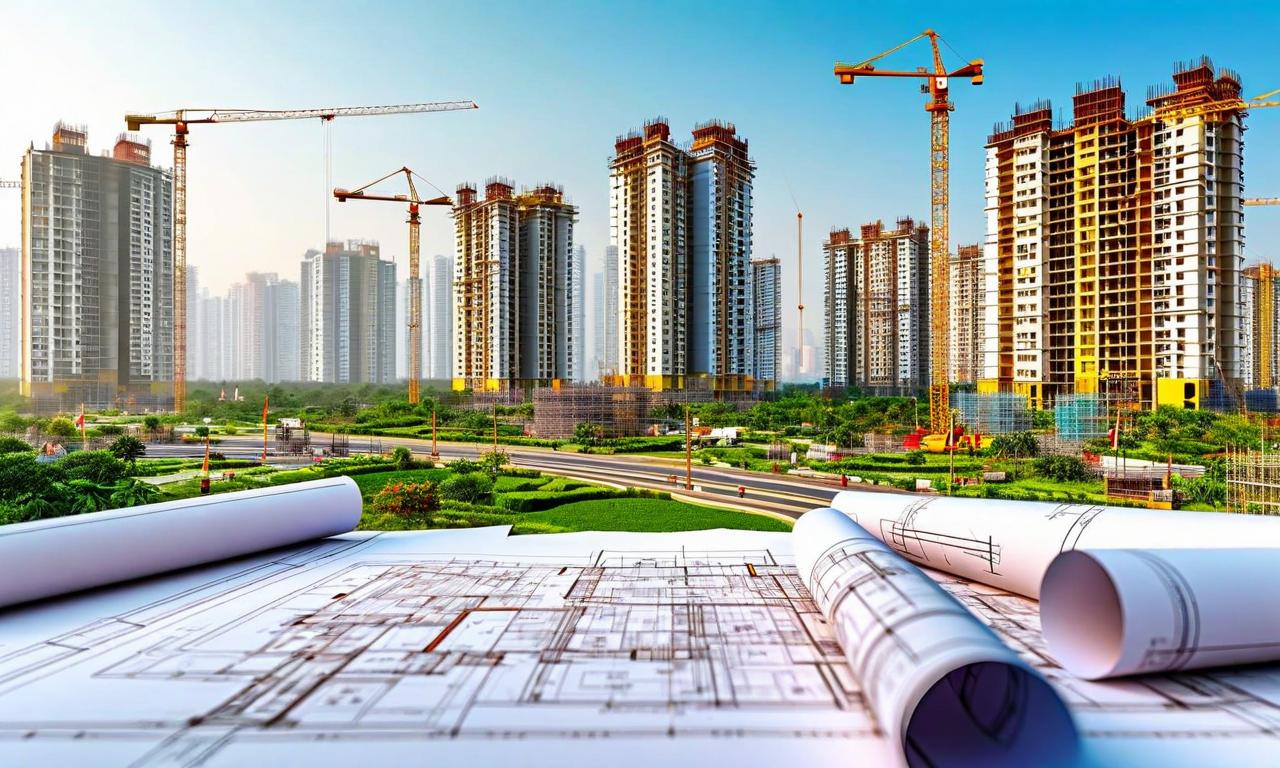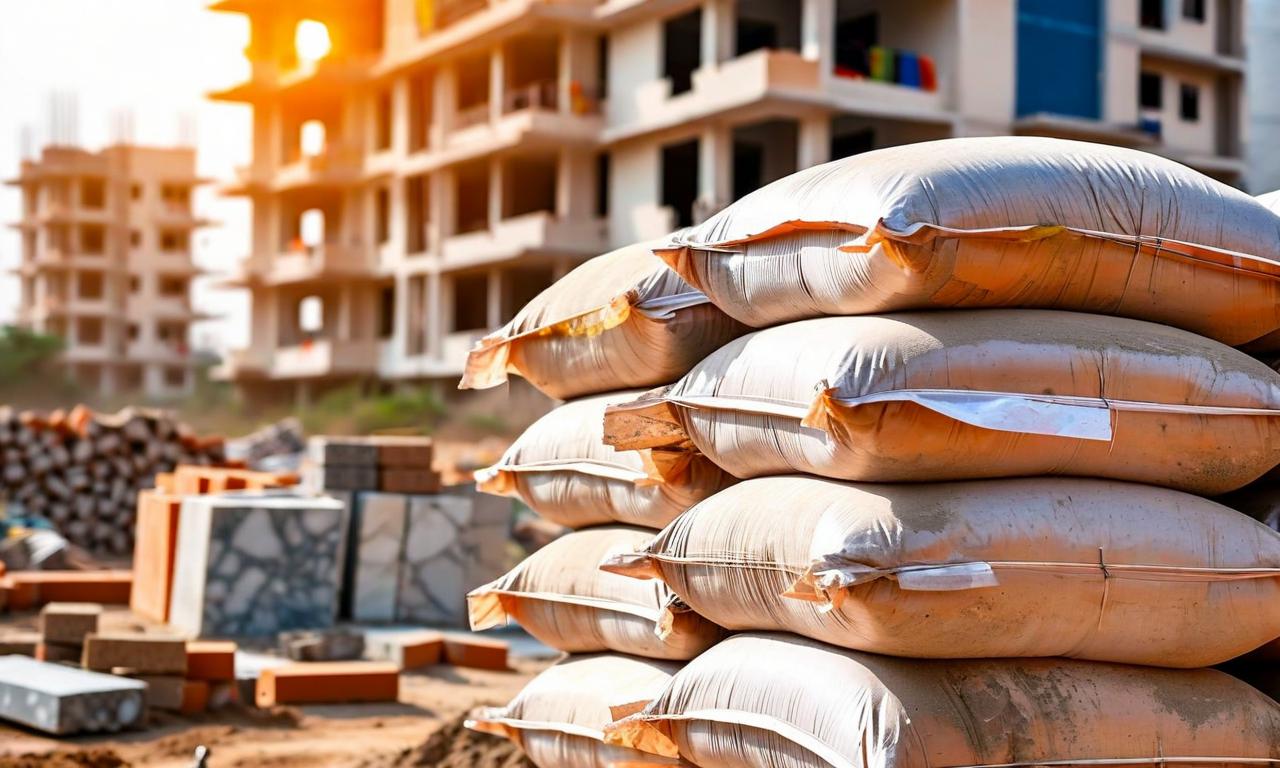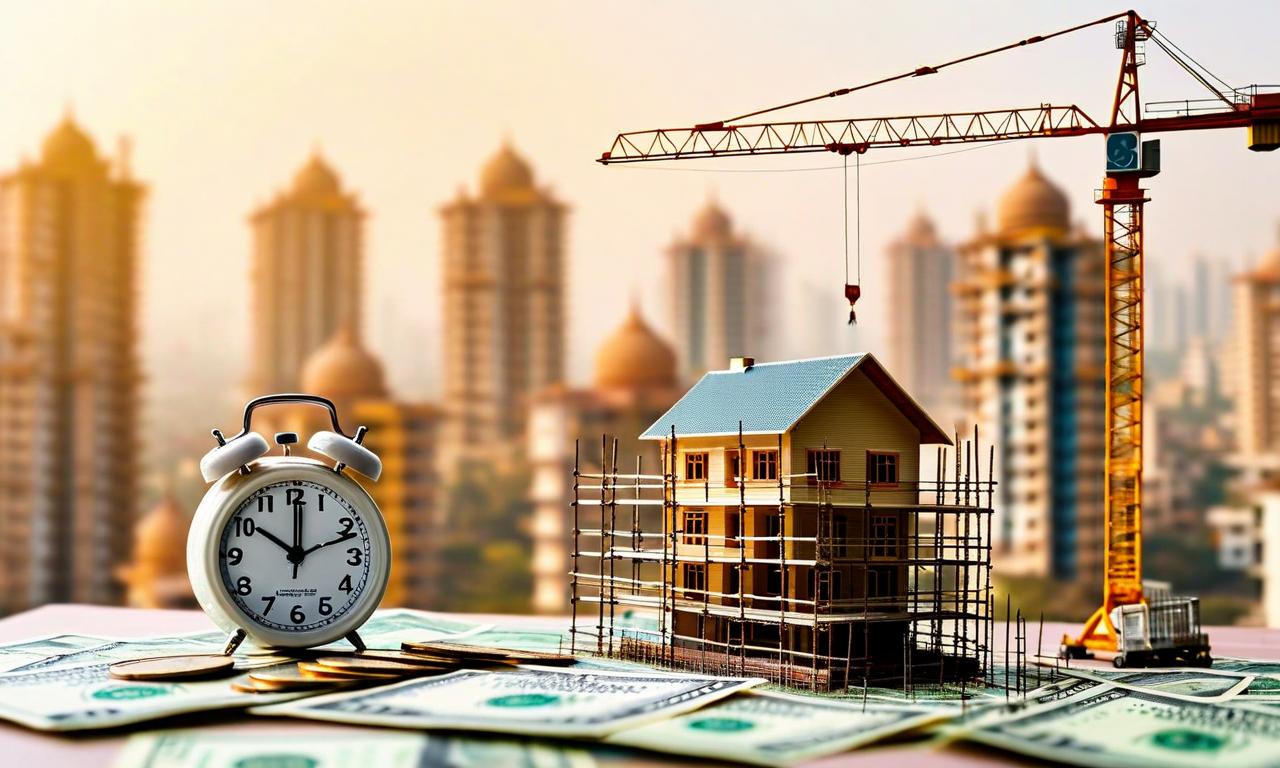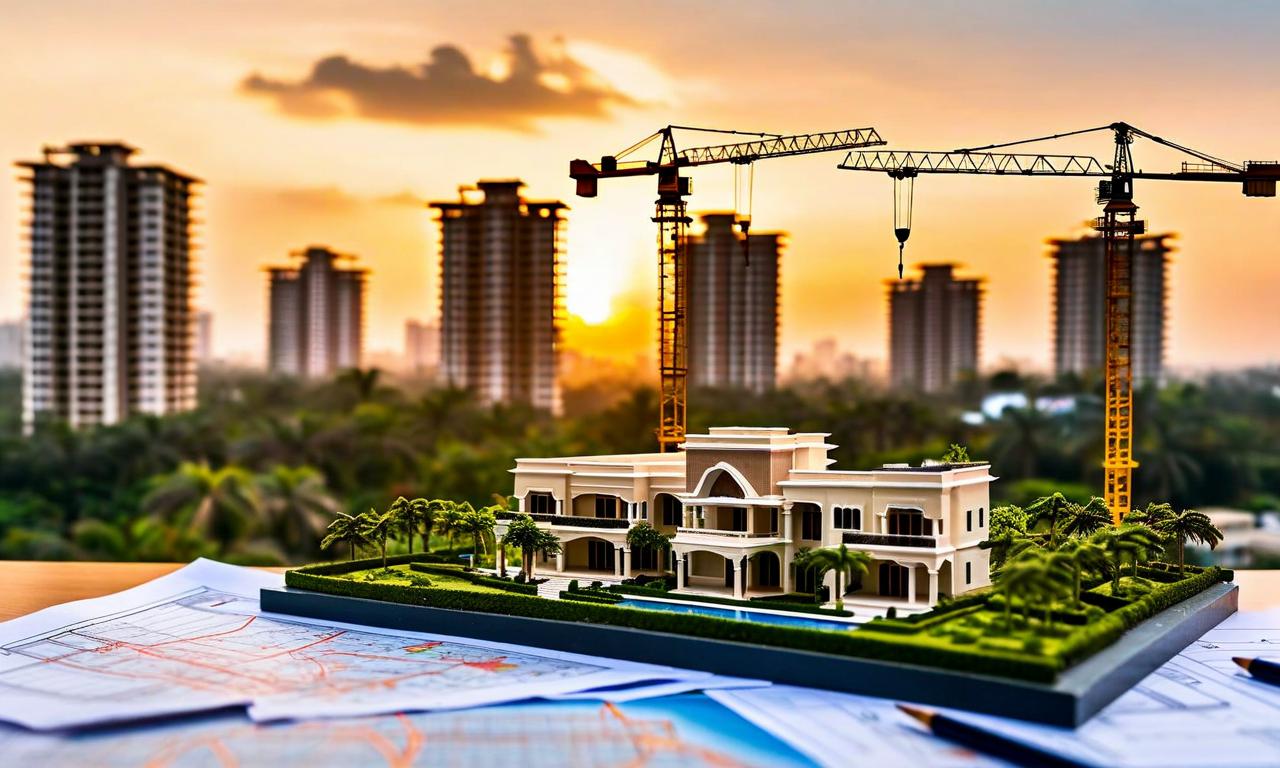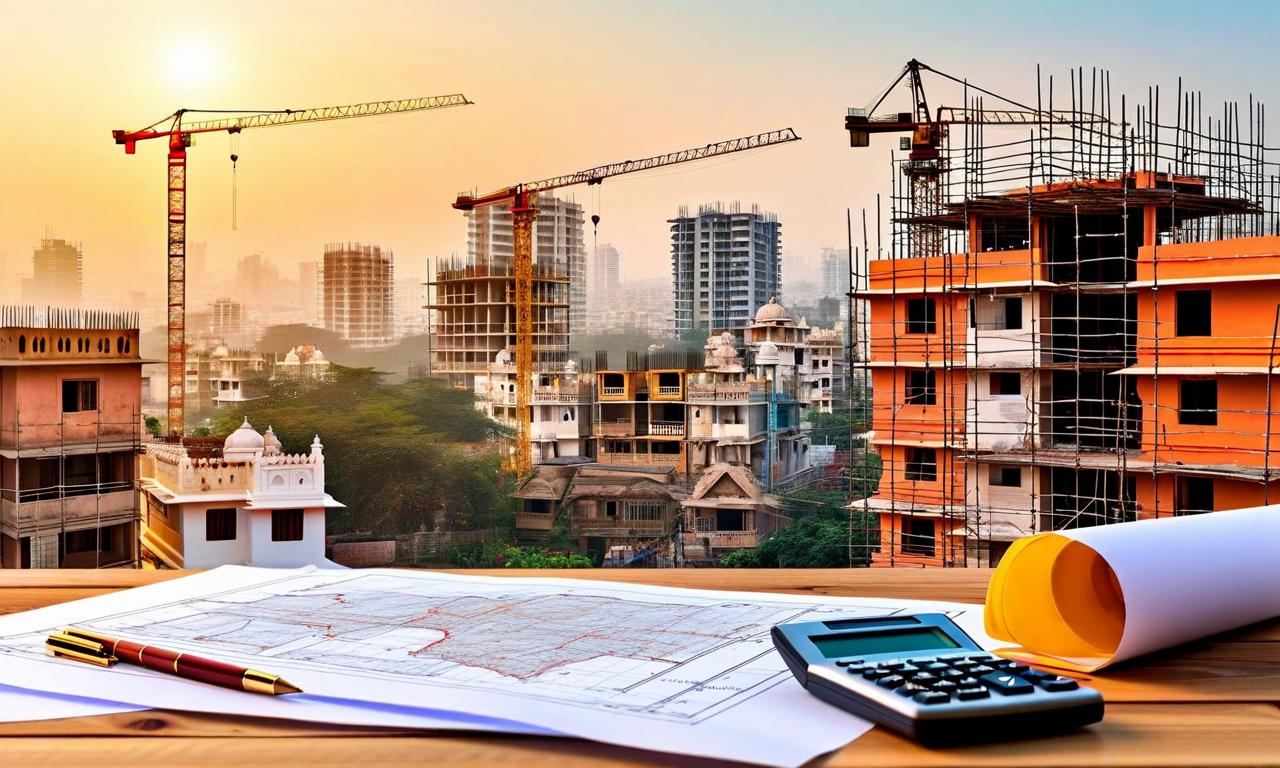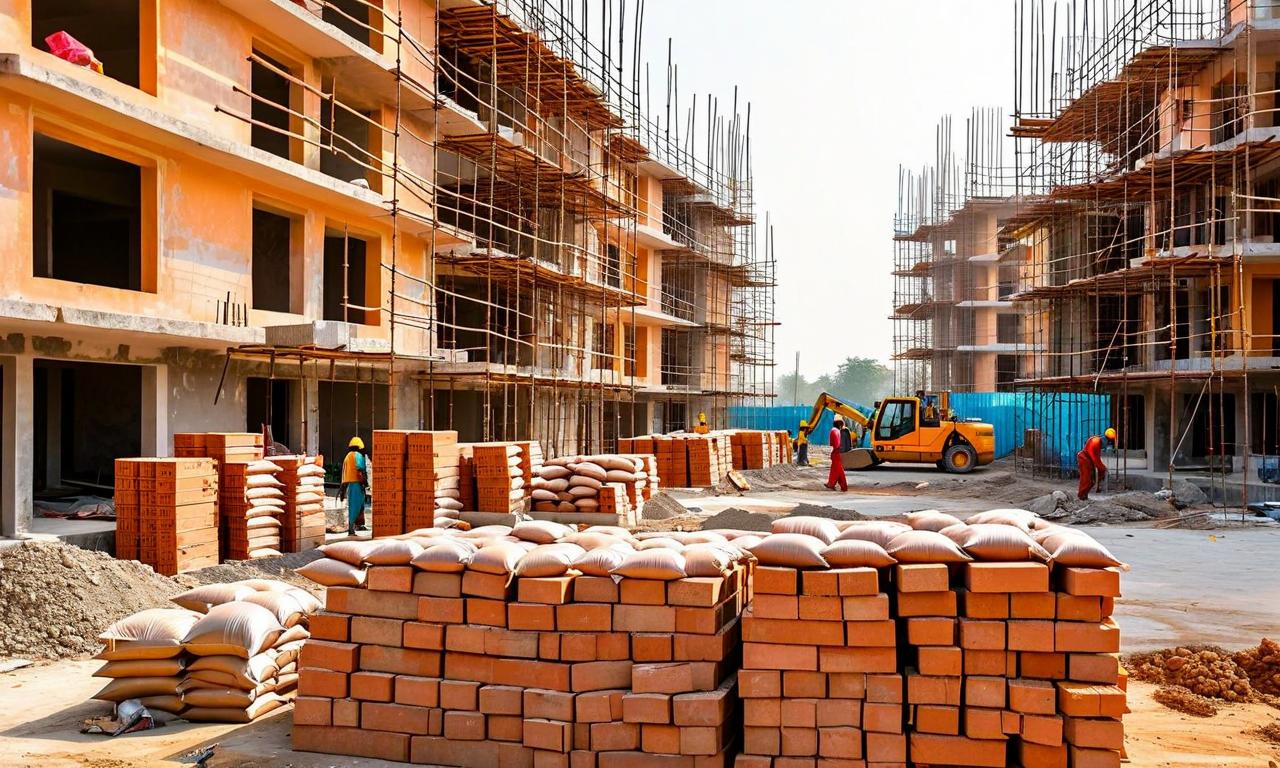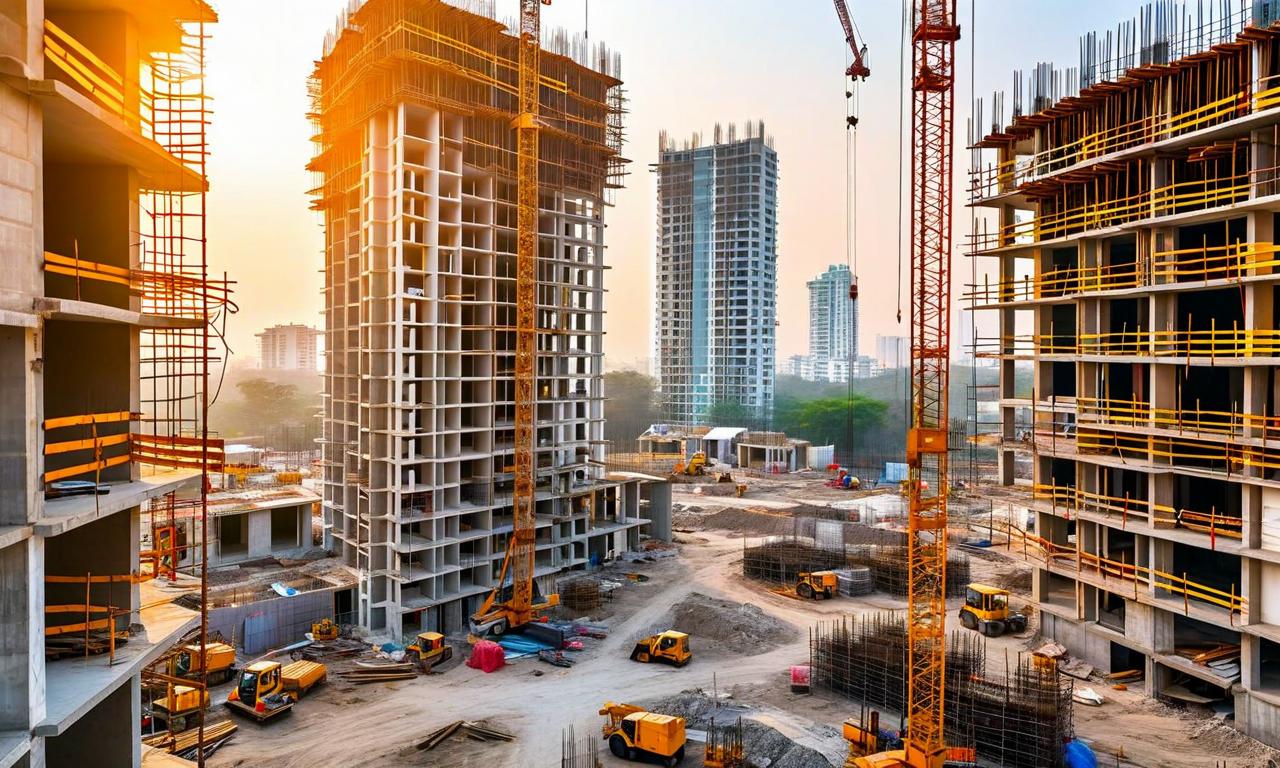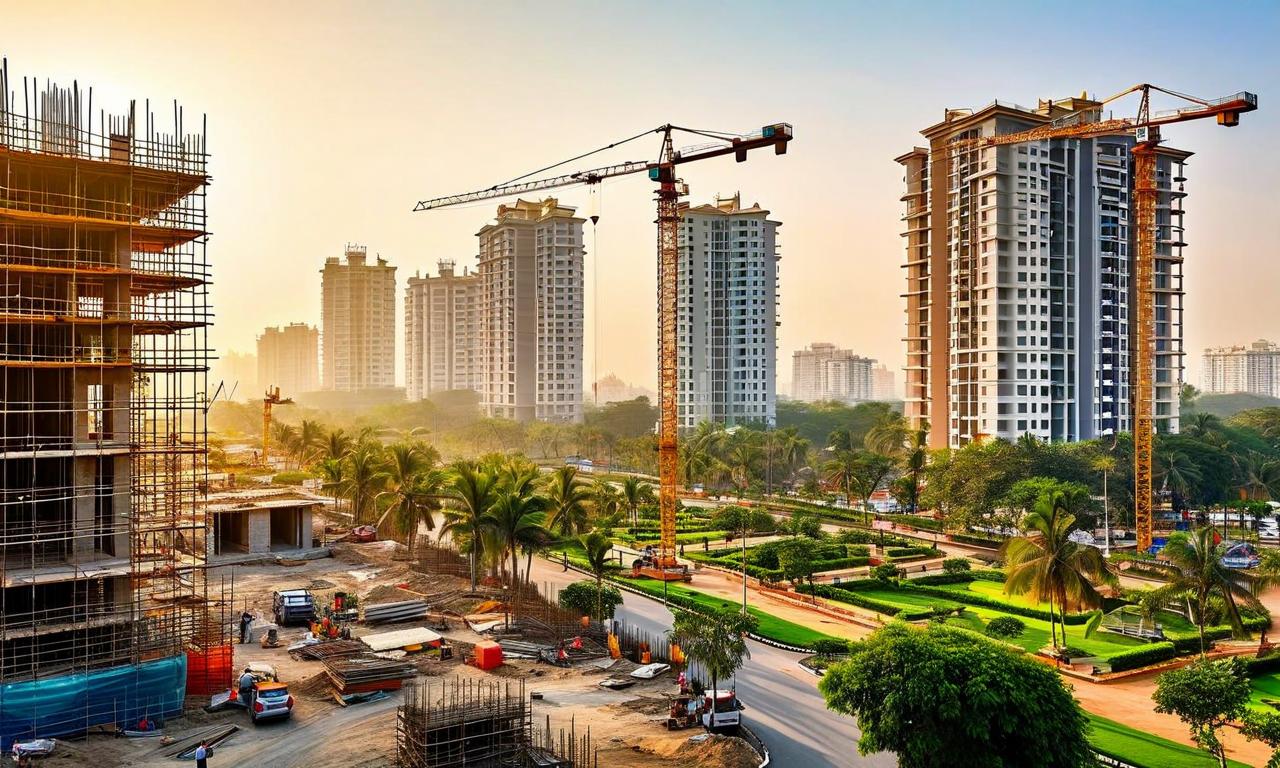Housing Sales in India's Top 9 Cities Projected to Dip 4% in Q3, Mumbai and Pune Lead Decline
PropEquity projects a 4% year-on-year decline in housing sales across India's top 9 cities for Q3. Overall sales are expected to decrease from 105,081 to 100,370 units. Thane and Pune face the steepest declines at 28% and 16% respectively. However, Bengaluru and Kolkata show growth with 21% and 25% increases projected. The Mumbai region and Pune experience the most significant drops, while cities like Chennai, Hyderabad, and Delhi-NCR show modest growth. Despite the sales dip, new residential property supply is expected to remain stable with over 92,000 new units anticipated.
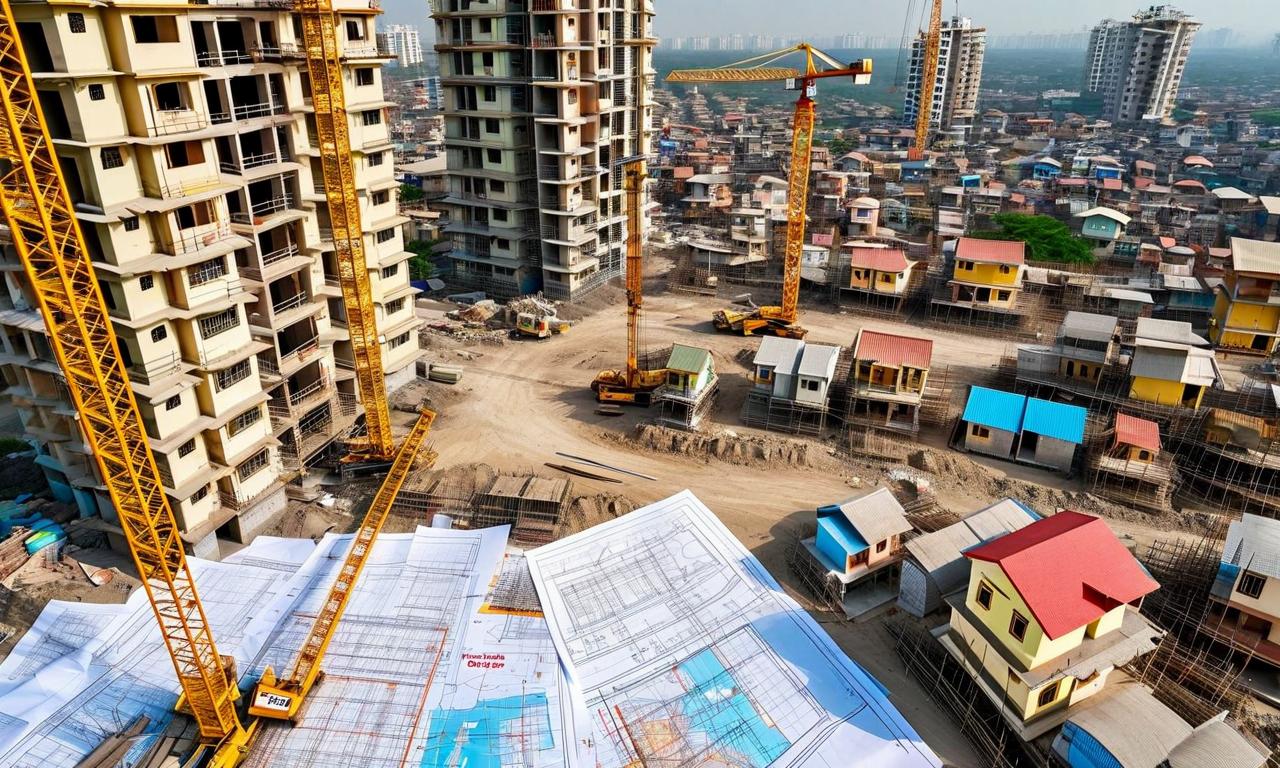
*this image is generated using AI for illustrative purposes only.
The Indian real estate market is bracing for a slight downturn in the third quarter, according to recent projections by PropEquity. The report indicates a 4% year-on-year decline in housing sales across India's top 9 cities, with the Mumbai region and Pune experiencing the most significant drops.
Key Highlights
- Overall housing sales expected to decrease from 105,081 units to 100,370 units
- Thane and Pune face the steepest declines at 28% and 16% respectively
- Bengaluru and Kolkata show promising growth, with 21% and 25% increases projected
Regional Breakdown
The PropEquity report provides a detailed city-wise analysis of the projected housing sales:
| City | Projected Sales (Units) | Year-on-Year Change |
|---|---|---|
| Thane | 14,877 | -28% |
| Pune | 17,762 | -16% |
| Mumbai | 9,691 | -8% |
| Navi Mumbai | 7,212 | -6% |
| Bengaluru | 16,840 | +21% |
| Kolkata | 4,732 | +25% |
| Chennai | 5,406 | +16% |
| Hyderabad | 12,860 | +4% |
| Delhi-NCR | 10,990 | +4% |
Market Dynamics
The projected decline is primarily attributed to lower demand in the Mumbai region and Pune. Thane is expected to witness the most significant drop, with sales falling by 28% to 14,877 units. Pune follows with a 16% decline to 17,762 units. Mumbai and Navi Mumbai are also anticipated to see decreases of 8% and 6%, respectively.
However, the picture is not uniformly gloomy across all major cities. Several metropolitan areas are projected to experience growth:
- Bengaluru leads with an expected 21% increase to 16,840 units
- Kolkata shows strong growth potential with a 25% rise to 4,732 units
- Chennai is projected to grow by 16% to 5,406 units
- Hyderabad and Delhi-NCR both anticipate modest 4% increases
Seasonal Factors
The report notes that the July-September period is typically considered a weak quarter for real estate sales. This is largely due to the monsoon season and the observance of Shraadh, a period considered inauspicious for new beginnings in Hindu tradition.
Supply Outlook
Despite the projected dip in sales, the supply of new residential properties is expected to remain stable. The report suggests that over 92,000 new units will be introduced to the market, indicating that developers remain optimistic about long-term demand.
This projected stability in new supply, coupled with varied regional performance, suggests a complex and nuanced real estate landscape across India's major urban centers. While some cities face challenges, others are showing resilience and even growth, pointing to the diverse nature of India's housing market.
As the real estate sector navigates through these regional variations and seasonal factors, stakeholders will be keenly watching how these projections play out in the coming months.
